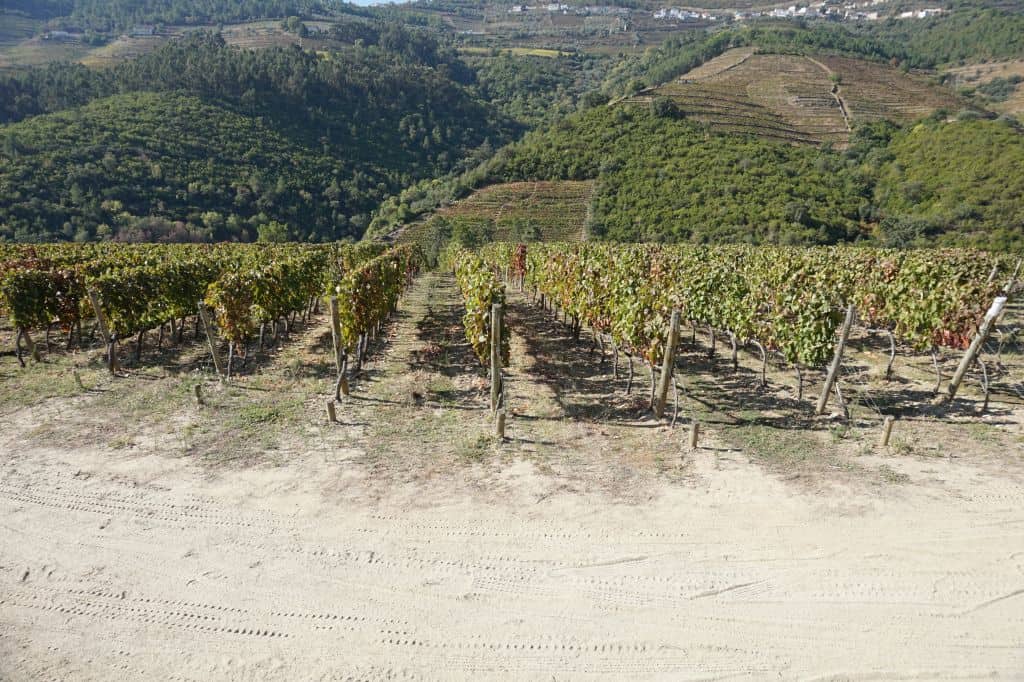Due to the large slope of the terrain and the large proportion of stones in the soil, this situation complicates the establishment of vineyards. The vines are grown on terraces, the technique of which has historically changed.
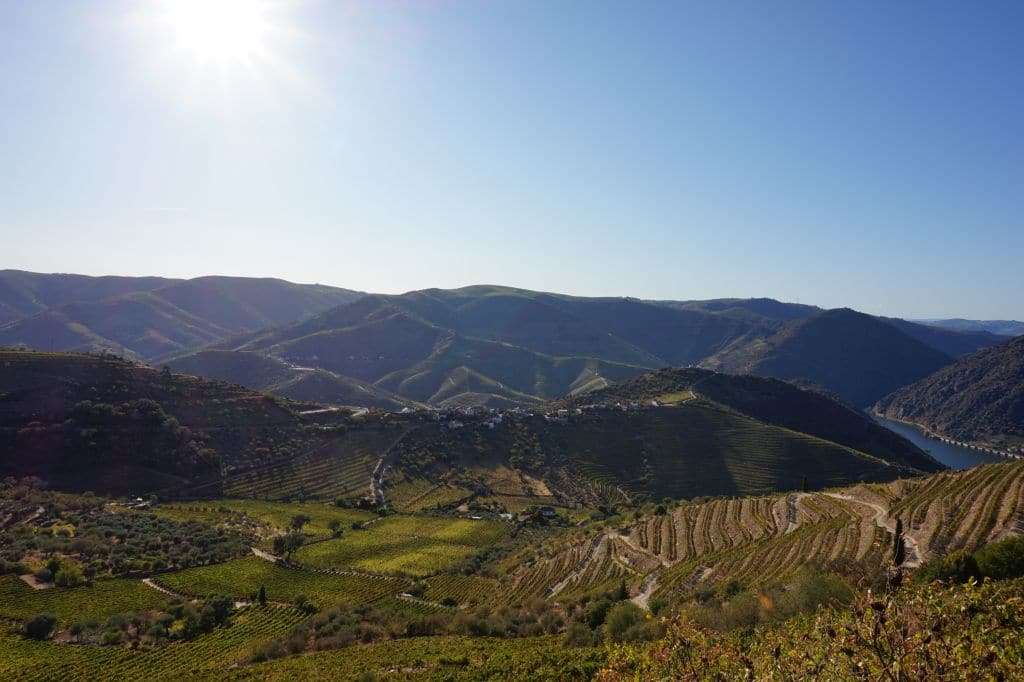
The cultivation of vineyards used to be very demanding for manual human labor, with the development of mechanization it was necessary to adapt the construction of vineyards. Therefore, we can find the following three methods of landscaping:
Traditional stone terraces – Socalcos
The oldest vineyards built in this way are narrow strips of flat surface supported above each other by stone walls. They are the result of hard work, when all these activities were performed by workers by hand using hoes, hammers and various crowbars. Dynamite was often involved.
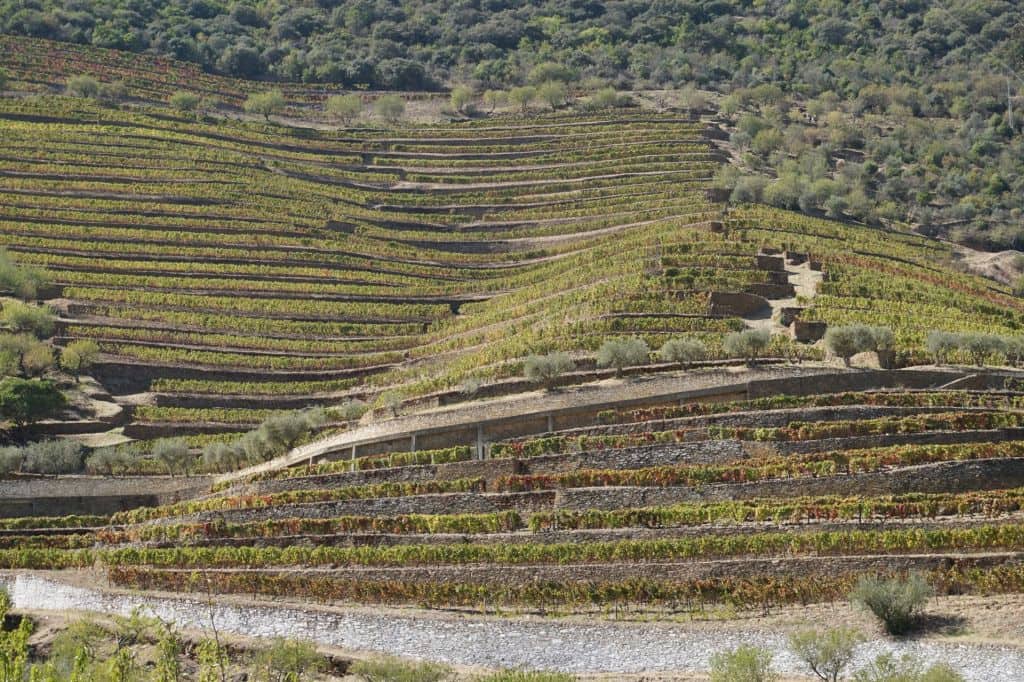
Few spacious terraces were planted with only one or two rows of vines, so they do not allow higher yields from the planted area and currently this technology of planting vineyards is rarely used.
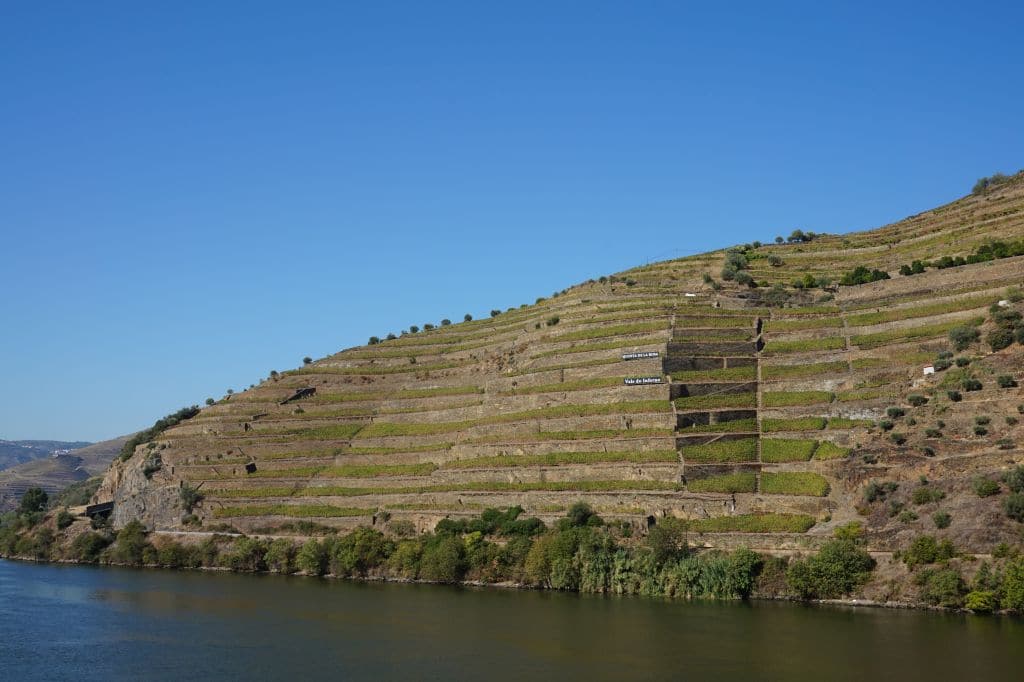
These unique local buildings are classified as a UNESCO World Heritage Site, with various governmental and non – governmental organizations providing vineyards with subsidies for the restoration of abandoned vineyards after the epidemic in 1870, the so – called mortórios – morgue.
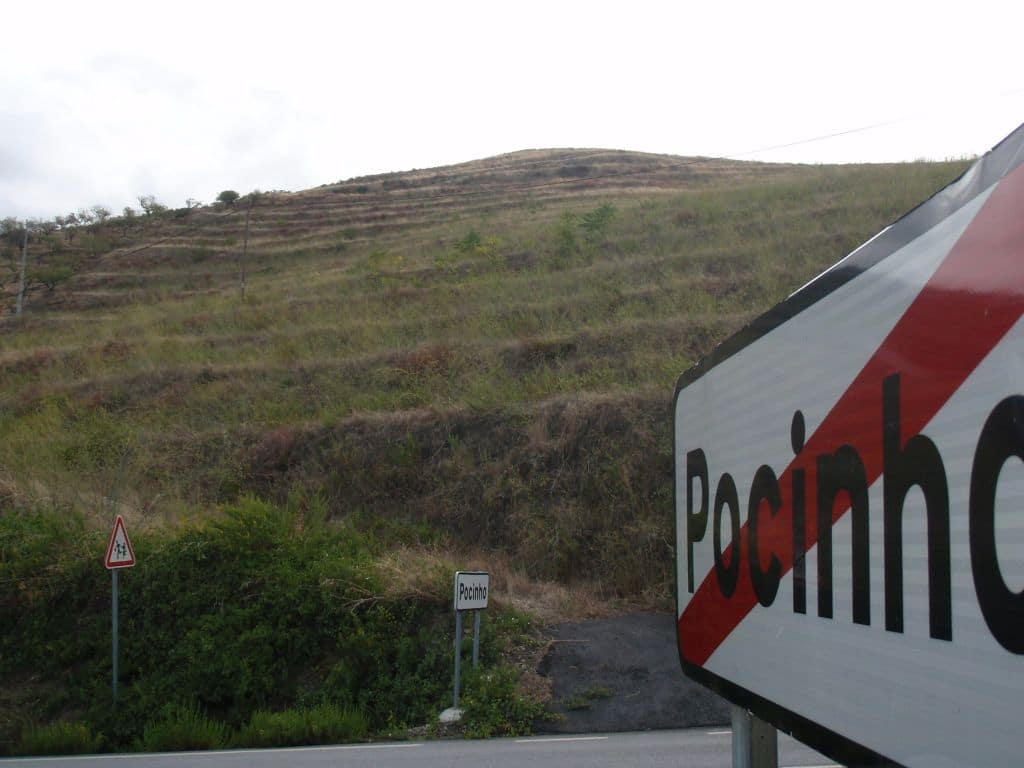
Platforms – Patamares
Patamares are modern terraces created by mechanization. They are no longer secured by stone walls like socalcos, but are separated by massive earthen ramparts. This vineyard technology became widespread after 1970, when much of the Doure’s slopes were rebuilt, including some mortórios.
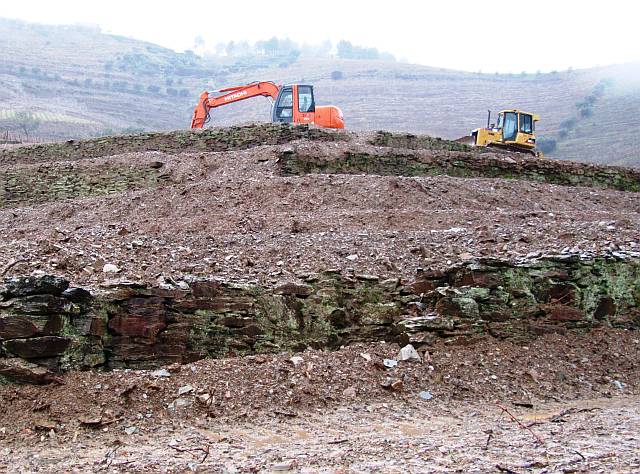

However, the relative ease and speed of establishing this type of vineyard brings with it a number of problems. Above all, susceptibility to soil erosion, but also greater growth of weeds and grass, which is associated with higher use of nature-laden chemical sprays.
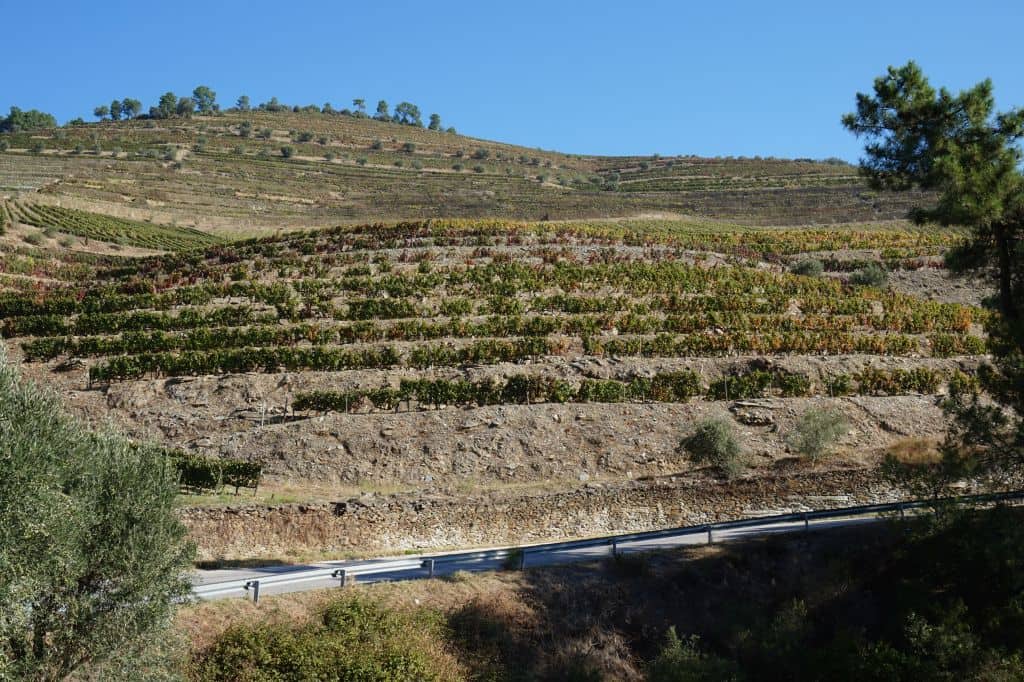
Vertical planting – Vinha ao Alto
In places where the slope allows, vineyards can be planted not on terraces, but directly perpendicular to the slope along the slope.

Among other things, this modern system enables 100 % use of mechanization and thus more efficient agrotechnical procedures with a final higher yield and lower impact on the environment.
